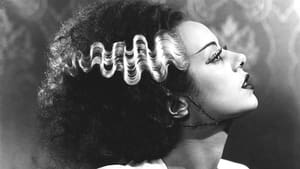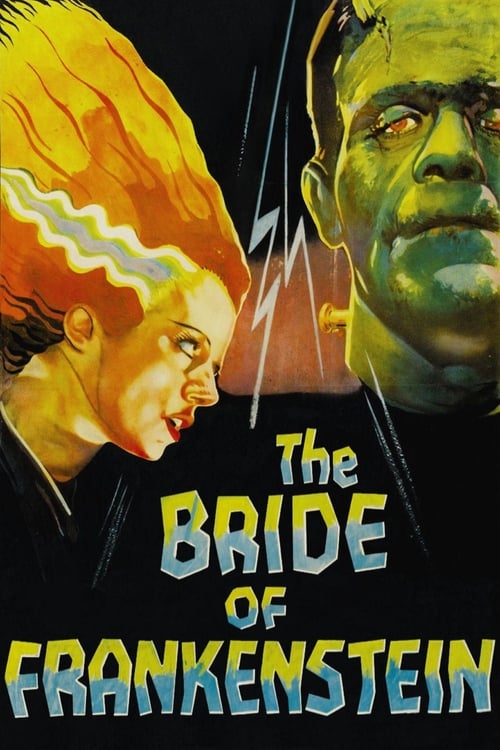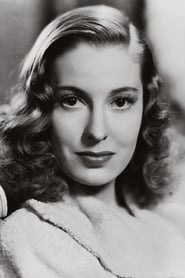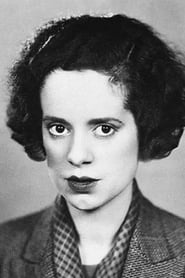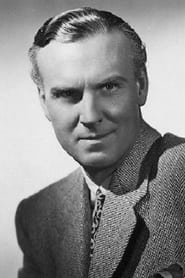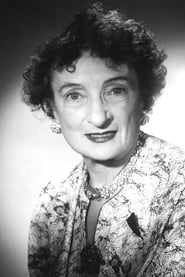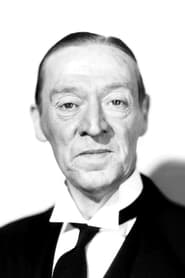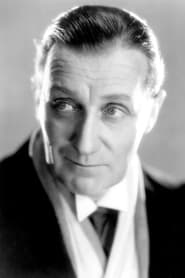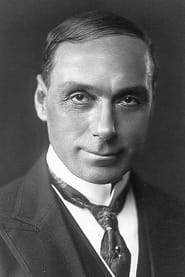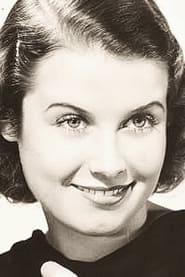Cast
View AllBoris Karloff
as The Monster
Colin Clive
as Henry Frankenstein
Valerie Hobson
as Elizabeth
Ernest Thesiger
as Doctor Pretorius
Elsa Lanchester
as Mary Wollstonecraft Shelley / The Monster's Mate
Gavin Gordon
as Lord Byron
Douglas Walton
as Percy Bysshe Shelley
Una O'Connor
as Minnie
E. E. Clive
as Burgomaster
Lucien Prival
as Butler
O. P. Heggie
as Hermit
Dwight Frye
as Karl
Reginald Barlow
as Hans
Mary Gordon
as Hans' Wife
Anne Darling
as Shepherdess
Crew
Director
- James Whale
Producer
- Carl Laemmle Jr.
Reviews
CinemaSerf
Ernest Thesiger is superb in James Whale's sequel to "Frankenstein" as the scientist who has perfected the art of growing rather than harvesting tissue. When he meets up with Baron Frankenstein's original monster they set about coercing the reluctant Baron to create a wife for the lonely Boris Karloff. This is a cracking tale of science fiction, horror and even romance as the monster ends up endowed with far more "humanity" than either scientist. Una O'Connor and Elsa Lanchester are both great too, though feature sparingly. The special effects stand better scrutiny than many a sci-film being made twenty years later and the cannibalised classical musical score brings tension, joy, love and despair a-plenty to compensate for, admittedly a rather stilted script. Easily amongst the best "Frankenstein" films ever made in my book.
Jun 19, 2022
Wuchak
**_Dr. Frankenstein and his former mentor try to create a mate for the monster_**
The monster (Karloff) survives the windmill burning of the previous film and wanders the countryside of Bavaria while Doctor Pretorius (Ernest Thesiger) approaches Baron Frankenstein (Colin Clive) with the idea of collaborating to create a mate for the monster, which presumably will domesticate him.
This Universal classic from 1935 was one of the first sequels to a mainstream film and arguably started the concept of a movie franchise or, at least, a cinematic trilogy: The 1931 movie, this sequel, and the follow-up “Son of Frankenstein” (1939) all feature Boris Karloff as the monster along with other overlapping actors and characters. It has a story arc and comes to a clear ending in the third flick.
Valerie Hobson is a highlight on the female front as Elizabeth Frankenstein (replacing Mae Clarke from the first film). Meanwhile Elsa Lanchester plays the dual role of Mary Shelley and the titular character at the end.
The prologue presents a glaring issue since Mary conveys this sequel to Lord Byron and Percy Bysshe Shelley not long after the success of “Frankenstein,” which was published in 1818. Since the film obviously contains fashions & technology of the early 1930s mixed with elements of the 1800s (which the director described as an “alternate universe”), Mary would have to be predicting what it would be like in the distant future, at least 1899 (which is the tomb’s date on a recently deceased woman in the story).
This is one of those rare occasions where the sequel is better. It’s marked by increased camp (but not overkill), the monster’s memorable friendship with a blind man in the forest, and the fact that he learns to speak in a monosyllabic fashion (which Karloff objected to). It’s an iconic addition to the Frankenstein story, a Gothic horror tragedy highlighted by unforgettable renditions of the monster and his “bride.”
The B&W movie runs 1 hour, 15 minutes, and was shot entirely in the studio at Universal Studios in Greater Los Angeles.
GRADE: B+
Oct 1, 2023
Thematic Analysis
This Horror/Science Fiction film explores themes of fear and survival, delving into the psychological aspects of human nature when confronted with the unknown. Bride of Frankenstein presents a unique perspective on the horror genre by focusing on the psychological terror rather than relying on typical jump scares.
Director James Whale brings their distinctive visual style to this film, continuing their exploration of themes seen in their previous works while adding new elements. Their approach to pacing and visual storytelling creates a viewing experience that rewards close attention.
Released in 1935, the film exists within a cultural context that now offers viewers historical perspective on the social issues of that era. Its critical acclaim reflects its artistic achievements and its place in cinema history.
Did You Know?
- The production of Bride of Frankenstein took approximately 10 months from pre-production to final cut.
- With a budget of $0.4 million, the film proved to be a financial success, earning back its investment and more.
- The final cut of the film runs for 75 minutes, though the director's initial assembly was reportedly 132 minutes long.
- The director insisted on using practical effects whenever possible, reserving CGI for only the most necessary scenes.
- The cast underwent specialized training for 5 weeks before filming began.
- The screenplay went through 5 major revisions before the final shooting script was approved.
Historical Context
- In 1935, when this film was released:
- The civil rights movement was gaining momentum in the United States.
- Rock and roll music was revolutionizing popular culture.
- The film industry was dominated by major studios, with independent cinema still in its early development.
How This Film Stands Out
While Bride of Frankenstein shares thematic elements with other films in its genre, it distinguishes itself through its unique approach to storytelling, visual style, and character development.
Unlike As the Earth Turns, which takes a more conventional approach to its subject matter, Bride of Frankenstein offers a fresh perspective through its innovative visual language and narrative structure.
While films like Caterpillar and A Trip to the Moon explore similar territory, Bride of Frankenstein stands apart through its distinctive directorial vision and pacing.
This film's unique contribution to cinema lies in its bold artistic choices and willingness to challenge viewer expectations, making it a valuable addition to its genre.
Details
- Release Date: April 20, 1935
- Runtime: 1h 15m
- Budget: $393,750
- Revenue: $2,000,000
